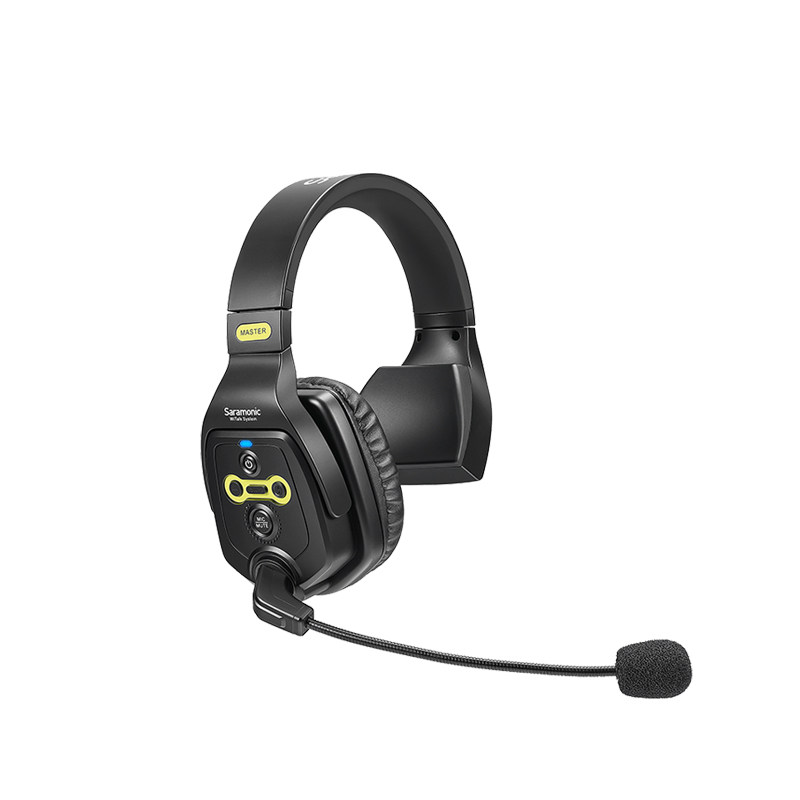Unlock the Secrets of Intercom Systems: Discover the Features That Elevate Communication!
In our fast-paced world, effective communication is more crucial than ever, and intercom systems serve as a vital link in both residential and commercial environments. These systems provide a means to communicate effortlessly, whether you're checking in on the kids at home or coordinating a busy office environment. Intercoms come in various forms, including wired, wireless, and video models, each tailored to specific needs and applications. This article aims to delve into the fascinating world of intercom systems, exploring their features, benefits, and the underlying technology that makes them work. By the end, you'll have a comprehensive understanding of how these systems can enhance communication in your life.

Types of Intercom Systems
Intercom systems can primarily be categorized into three types: wired, wireless, and video intercoms. Wired intercom systems are traditional setups that use physical cables to connect the various units. They are known for their reliability and superior audio quality but can be cumbersome to install, especially in existing structures. These systems are typically found in larger residential homes or commercial buildings where stable connectivity is essential.
On the other hand, wireless intercom systems have gained popularity due to their ease of installation and flexibility. They operate using radio frequencies or Wi-Fi, allowing for a hassle-free setup without the need for extensive cabling. This makes them a great choice for renters or those wanting to avoid the mess of wiring. Wireless intercoms are perfect for smaller homes and apartments.
Lastly, video intercom systems combine audio communication with visual capabilities, allowing users to see who is at the door or in other areas of their property. These systems often integrate with smart home technology, offering added security and convenience. Video intercoms are ideal for both residential and commercial settings, enhancing security by allowing users to visually verify visitors before granting access.
Key Features of Intercom Systems
When considering intercom systems, several key features stand out. First and foremost is audio quality; clear sound transmission is essential for effective communication. Many modern intercoms offer high-definition audio that minimizes background noise and enhances clarity.
Another important feature is range. While wired systems generally have an unlimited range, wireless systems may be limited by the strength of their signal. Understanding the range you need can help you choose the right type of system for your space.
Ease of installation is also a significant factor. Wired systems can require professional installation, while many wireless options are designed for DIY enthusiasts. Additionally, many intercoms come with advanced functionalities such as video integration, interconnectivity with other smart devices, and mobile app integration, allowing users to manage their intercom from anywhere.
Benefits of Using Intercom Systems
The benefits of intercom systems are numerous. One of the most significant advantages is improved security. With features like video capabilities, you can screen visitors before opening doors, providing peace of mind, especially in residential settings. A friend of mine, who installed a video intercom at their home, remarked how it made them feel safer knowing they could visually confirm who was at the door without opening it.
Convenience is another major benefit. Intercoms facilitate quick communication between rooms or areas without needing to shout or wander around. This is especially useful in larger homes or busy workplaces. Furthermore, intercom systems can enhance communication efficiency, reducing the time spent trying to connect with someone.
In commercial settings, intercoms can streamline operations, allowing employees to communicate seamlessly across departments, which can lead to increased productivity. The ease of communication can also enhance safety by providing a reliable method for employees to report emergencies or concerns.
How Intercom Systems Work
Understanding how intercom systems operate can demystify their technology. At the core, intercom systems consist of several key components: a transmitter, receiver, and in some cases, a visual display for video intercoms. In a wired system, audio signals travel through cables, while wireless systems transmit signals via radio frequencies or Wi-Fi networks.
The technology behind video intercoms adds another layer of complexity. These systems use cameras to transmit video signals alongside audio. Power sources vary as well; wired systems typically connect to a power outlet, while wireless systems may rely on batteries or rechargeable units. Many modern intercoms also require network connectivity, especially those that integrate with smart home systems, allowing users to control their intercom remotely through smartphones or tablets.
Enhancing Communication Through Intercom Systems
Intercom systems represent a powerful tool for enhancing communication in various environments. Understanding the different types, features, and benefits of intercom systems can empower you to make informed decisions that meet your specific needs. Whether you're looking to improve security, streamline communication, or simply enjoy the convenience of instant connectivity, intercom systems have something to offer. As you consider your own communication needs, think about how an intercom system could fit into your life and elevate your daily interactions.










تعليقات